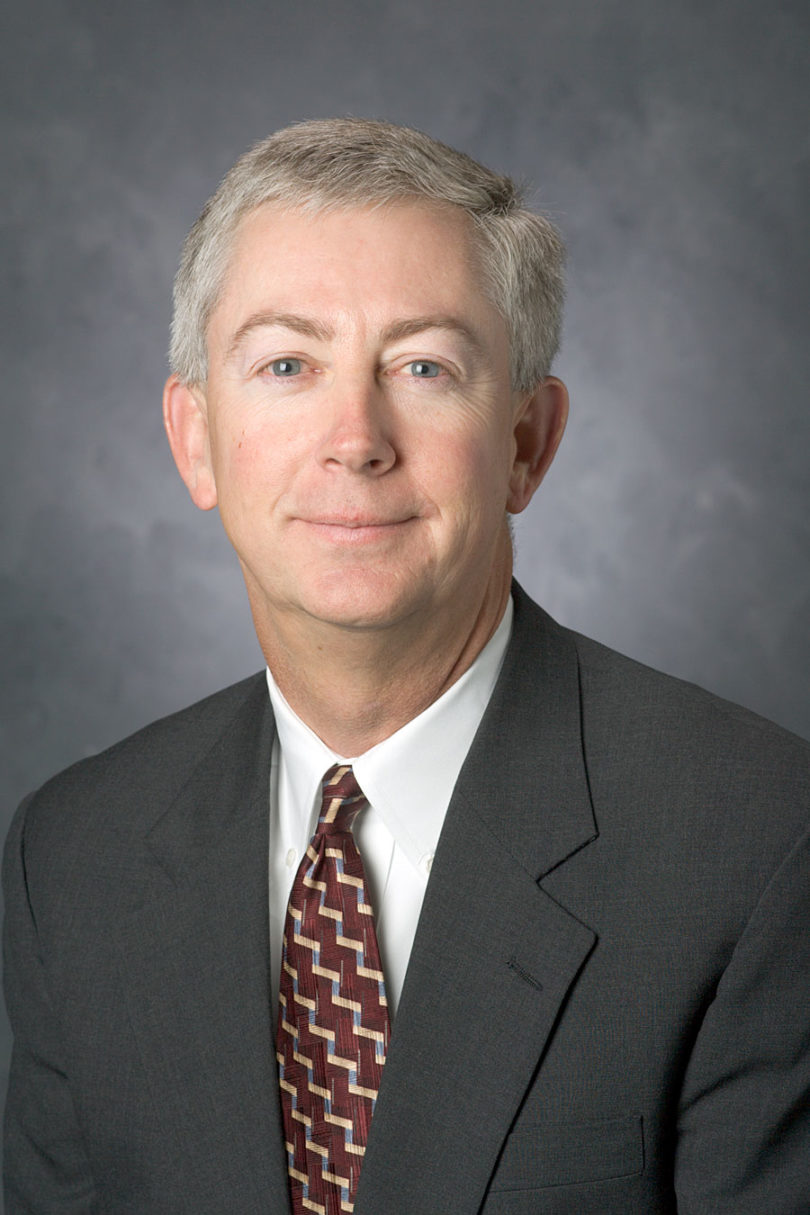UGA administrators are allocating $395,000 to fund a series of steps recommended by a special energy conservation committee to reduce energy usage and cut energy costs on campus.
The money, which will come from existing funding sources in the current fiscal year budget, will be used to conduct energy audits on campus buildings and install equipment to reduce waste; to install equipment to better monitor and control utility usage in buildings; and to investigate use of renewable fuels in campus vehicles and the central steam plant.
Money also will be provided to permanently fund the position of energy engineer in the physical plant. One of the energy engineer’s chief duties is developing and overseeing a campus education/information program on energy conservation.
The energy-saving measures were recommended in a report submitted in June by the Energy Conservation Executive Committee, a group formed earlier in the year by Provost Arnett C. Mace Jr.
and Hank Huckaby, who was senior vice president for finance and administration until his retirement.
Mace and Tim Burgess-Huckaby’s successor-recently sent the committee a letter pledging to make available $395,000 to implement immediately most of the recommendations and provide for continued funding in next year’s budget.
Mace and Burgess said the funds will be made available by transferring or redirecting money in current budgetary accounts or by taking advantage of cost savings in existing major repair and maintenance projects as they are completed. Provisions will be made to continue funding for these initiatives in the next fiscal year.
Tom Adams, chair of the Energy Conservation Executive Committee and director of outreach services for the Faculty of Engineering, said the funding reflects the commitment of UGA faculty, staff and administration to energy conservation efforts.
“We’re of course very grateful for this funding, and we’ve also been delighted and very encouraged by the entire university’s attitude toward energy conservation and the wish to focus on renewable energy,” Adams said. “We have a lot of work to do, but we’re excited and optimistic about the prospects for positive results.”
The $395,000 will be allocated as follows:
- $150,000 to conduct energy audits of buildings and replace or upgrade equipment and systems to increase energy efficiency. A pilot audit on the ecology building last spring identified defects that waste energy and showed that an investment of $48,560 could result in annual savings of about $25,000 per year in energy costs for the building. A similar audit is under way this semester on the Ramsey Student Center and the Driftmier Engineering Center. The committee recommends that up to six audits and modifications be conducted annually.
- $60,000 to support a faculty member in the Engineering Outreach Program who will plan and oversee the audits. Preliminary results from the Ramsey Center audit indicate a significant annual energy savings potential (approximately $70,000) with relative low implementation cost.
- $75,000 to install devices to monitor and control utility usage in buildings. The committee report cited the absence of systems to measure and regulate air flow and usage of water and electricity as a major deficiency in many buildings. New systems will include a steam trap survey program and data collection methods that meet the highest performance standards.
- $35,000 for research through the Engineering Outreach Program on use of renewable fuel and design of renewable fuel systems for campus vehicles and the steam plant. For immediate needs, the committee recommended investigating “co-fired” fuel for the steam plant-a combination of wood biomass and coal that is less expensive and produces lower emissions than coal alone.
- $75,000 to permanently fund the energy engineer position in physical plant. The engineer will coordinate the university’s energy-saving efforts and oversee an education program that includes creation of an energy conservation Web site (www.uga.edu/energy). Ken Crowe, assistant director for utilities in the physical plant, has been appointed to the position.
Adams said university administrators have charged the committee to seek outside funding for the conservation program and contacts have been made with the U.S. Department of Energy, the Tennessee Valley Authority and other possible funding sources. For example, UGA will likely be able to get a solar hot water heating project to demonstrate the potential for energy savings that would be at least partially funded with DOE and other grant funding.





